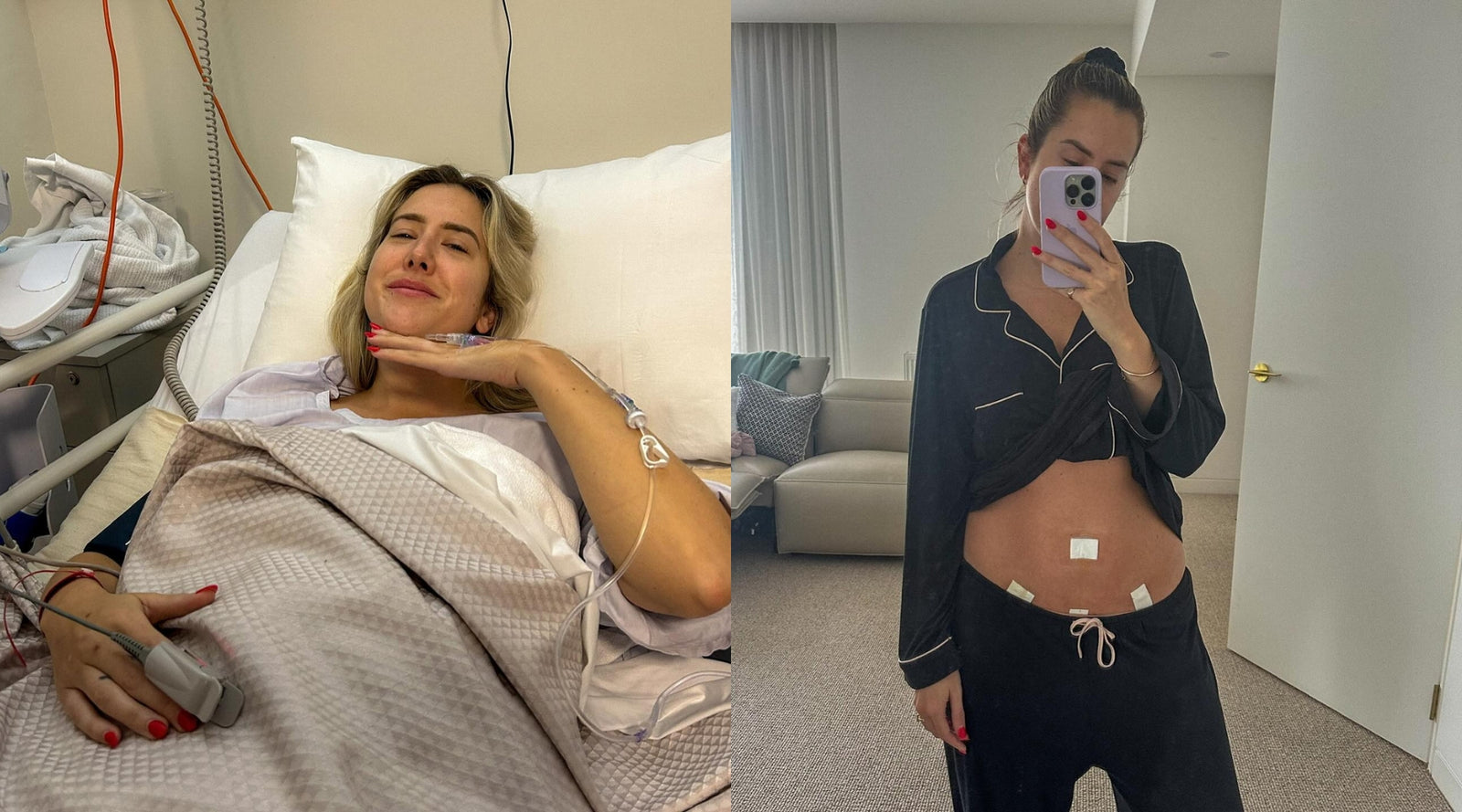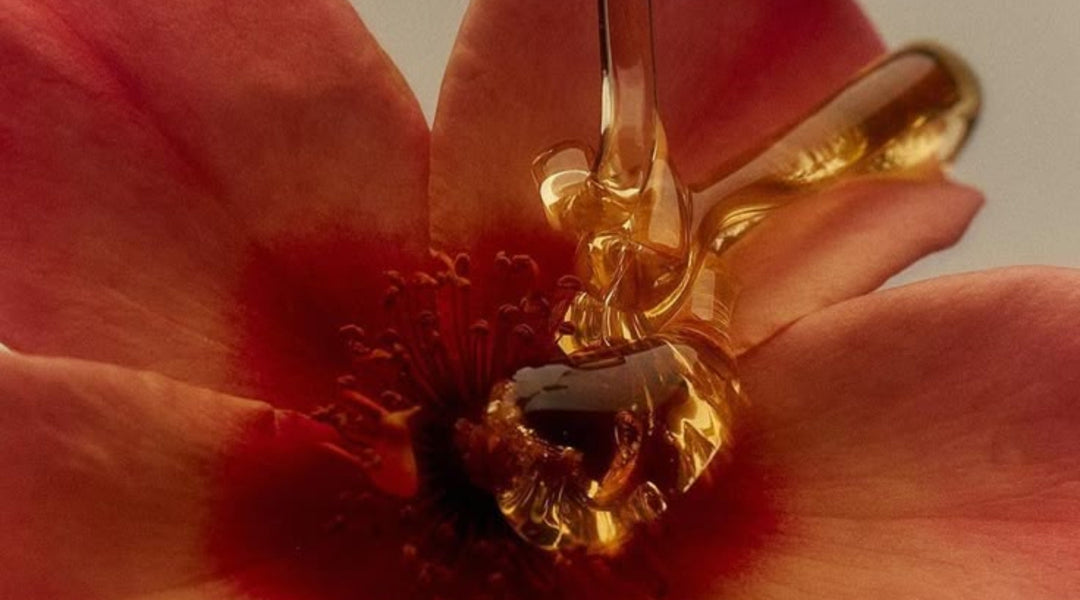10 Crucial Facts Every Woman Should Know About Endometriosis

Endometriosis is a highly misdiagnosed and often overlooked condition that affects 1 in 7 women.
Our mission at Vee is (and always has been) to end the stigma around femme health and the countless concerns, conditions, and chronic illnesses that are adjacent to that. Endometriosis is a chronic female health condition very close to Vee’s heart, with our own founder Emma living with stage 4 endometriosis.
Here are 10 crucial facts about endometriosis in the pursuit of empowering every woman to better recognize, navigate, and confront the complexities of this invisible, often misunderstood and misdiagnosed disease.
1. There is no cure for endo
Despite extensive research and medical advancements, there is currently no cure for endometriosis. Treatment primarily focuses on managing symptoms and improving the quality of life for individuals with the condition.
2. Endo is not an STI
Endometriosis is often misunderstood as a sexually transmitted infection (STI). However, it is a chronic disease where tissue similar to the lining of the uterus grows outside the uterus in other parts of the body. Endometriosis is not contagious, but it does run in families. If you have family members (mother, sister, daughter) with endometriosis, you could be more likely to develop it.
3. Teenagers are not too young to have endo
Contrary to common belief, teenagers are not too young to be diagnosed with endometriosis The condition can occur in any individual who menstruates regardless of their age. Up to 10% of women between the ages of 15 and 44 are affected by endometriosis.
4. Endo does not always cause infertility
While endometriosis is known to be associated with infertility, it doesn't guarantee that every person with endo will face fertility issues. Even with severe endometriosis, natural conception is still possible. It is estimated that 60-70% of those with endometriosis can get pregnant naturally, while others may need fertility treatments.
5. Pain levels do not indicate the stage of endo
The intensity of pain experienced by someone with endometriosis does not necessarily indicate the stage or severity of the disease. Some individuals with minimal endometriosis may experience severe pain, while others with extensive lesions may have mild symptoms.
6. Endo cannot be prevented
A person cannot prevent themselves from developing endometriosis; it's a matter of chance, and currently, its exact cause is not fully understood. The development of the condition seems to be influenced by genetic, hormonal, and environmental factors, and its exact cause remains unknown.
7. Pregnancy is not a cure for endo
While pregnancy may temporarily alleviate symptoms by halting menstruation, it is not a cure for endometriosis. Symptoms may return after childbirth or when menstruation resumes.
8. Extreme period pain is not normal
Experiencing extreme pain during menstruation is not normal and is a common symptom of endometriosis. Unlike during regular periods, the pain from endometriosis isn’t caused by contractions of the uterus, but instead, comes from uterus tissue growing elsewhere in the pelvic cavity. This causes inflammation and can result in serious pelvic pain.
9. A hysterectomy is not a cure for endo
A hysterectomy, involving the removal of the uterus, can provide relief from symptoms associated with the uterus and specific pelvic pain. However, the procedure doesn't eradicate endometriosis if endometrial-like tissue exists outside the uterus. While it is a frequently chosen treatment for endometriosis, it is not a one-size-fits-all treatment plan.
10. Surgery is the only way to diagnose endo
The only way to formally diagnose endometriosis is through a keyhole surgical procedure called a laparoscopy. During this surgery, a thin tube with a camera is inserted through small incisions, allowing direct visualization and removal treatment of endometrial implants.
Join the conversation on Instagram where our founder, Emma, shares the intimate details of her journey with endometriosis. 👇👇👇





